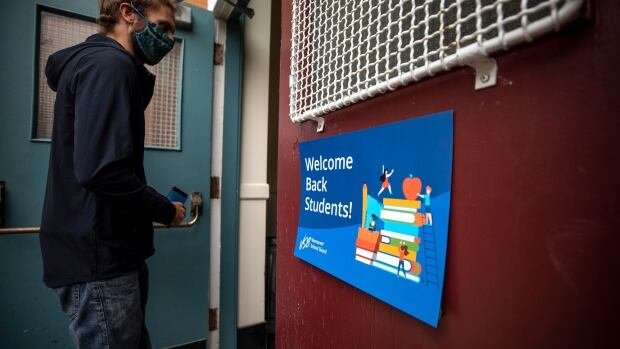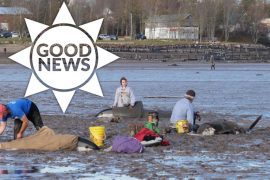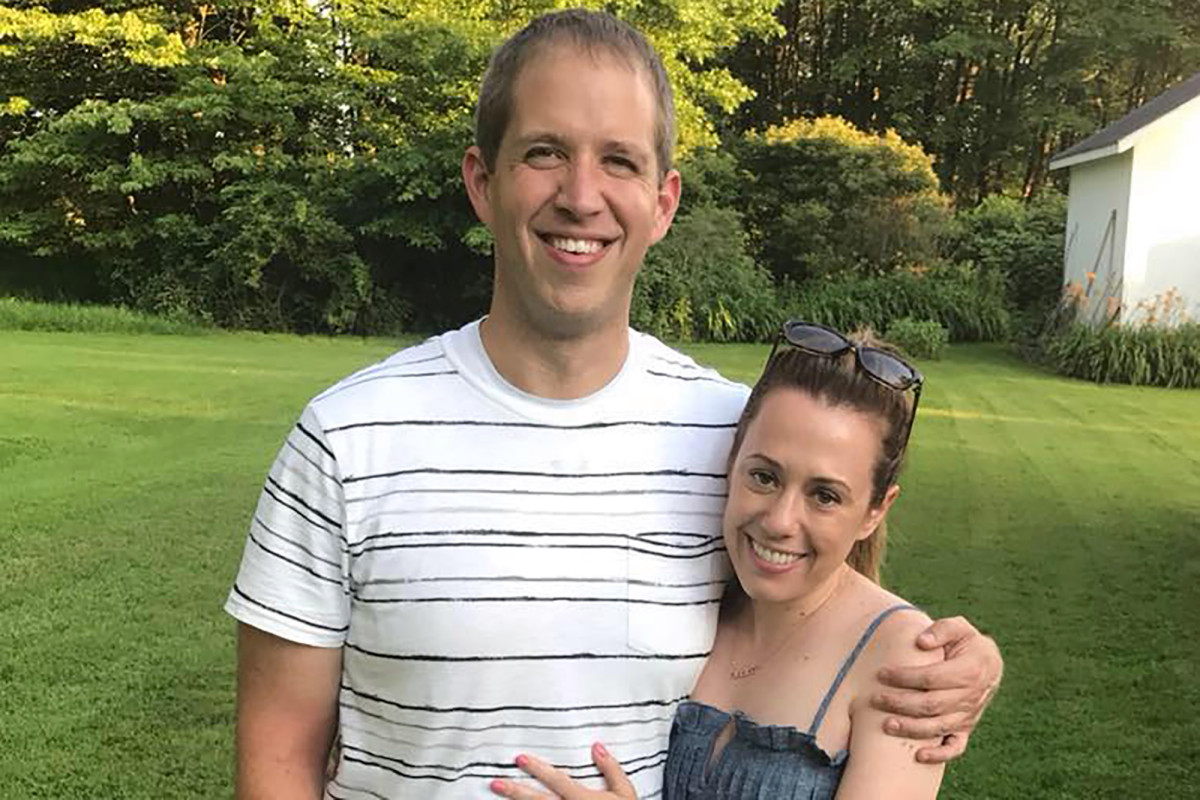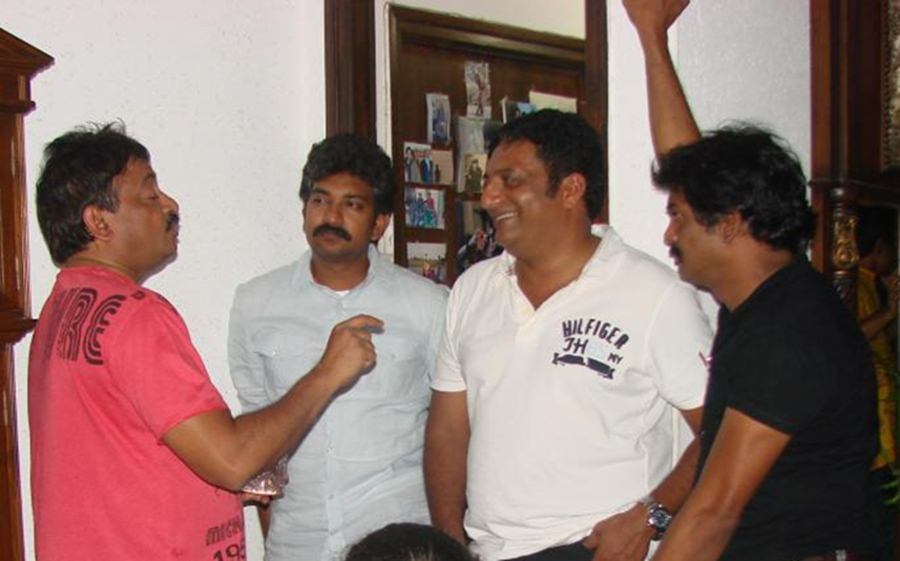The $242 million in federal funding earmarked for reopening B.C. schools will be given to school districts to spend based on their needs over the coming months, Education Minister Rob Fleming said Thursday.
The funding is B.C.’s part of the $2 billion announced by the federal government last week to help schools across the country reopen safely and is in addition to a one-time $45.6 million provincial investment.
B.C. will receive the first half of the payment this month, Fleming said. A total of $101 million will be allocated to public schools based on enrolment, $7.9 million will go to independent schools, and $12 million will be reserved for issues related to COVID-19 as they arise.
The second half of the funding will be allocated in January, Fleming added.
“Every dollar of the federal funding announced will benefit students in B.C.,” he said. “As the first week of school approaches, we want staff, students and their families to feel confident.”
No ‘one size fits all approach’
The federal funding is reserved for local school boards to protect staff and students from the coronavirus. The money can be used to purchase personal protective equipment and cleaning supplies, modify teaching spaces and improve ventilation.
Watch | Education Minister Rob Fleming outlines some of the COVID-19 prevention measures school districts are taking with the additional funding:
It will also help in the purchase of software, computers and textbooks for families, as well as the creation of Wi-Fi hubs and mental health supports for students and staff, Fleming said.
There isn’t a “one size fits all approach” to how school districts and K-12 schools will implement their restart plans, Fleming added.
“It’s going to look different depending on the needs of each community,” he said.
Of the school funding related to COVID-19 allocated so far, some districts, like the Central Okanagan, Richmond and Nanaimo-Ladysmith, have used it to install extra sinks or wall-mounted hand sanitizers in every classroom, Fleming said.
Other districts have hired additional teachers to support remote learning and more custodians to ensure schools are clean.
School districts in Vernon and Cariboo-Chilcotin have developed remote learning options for First Nations students, Fleming added, while others are expanding programs to accommodate remote learning for more students.
“This new federal funding will further support school districts to implement these programs,” Fleming said.
Asked how the funding would contribute to smaller class sizes, Fleming said Thursday that he expects the hiring of more teachers to support remote learning will be a “considerable area” of spending.
The province has the funding to change course if a second wave pushes schooling further online, he said.
In districts with higher levels of remote learning, it’s likely there will be reductions in in-person class sizes, he said.
“The flexibility of funding will mean that they will be able to hire support staff, teachers, additional custodians, attendants on school buses to support school bus drivers, all those sorts of things that are part of human resources that deliver school safely,” he said.
BCTF calling for funding to reduce class sizes
The B.C. Teachers’ Federation has said the money should be used to create smaller class sizes and reduce school and classroom density, create hybrid and remote learning options in every district, and fund mental health resources for students.
On Thursday, president Teri Mooring said she is glad school districts can decide what’s best for their schools.
“We’re also pleased that school districts are also able to hire additional teachers and support staff with that money, and that’s exactly what we expect to happen,” Mooring said.
“Now it’s over to districts to ensure that teachers are hired to do two things, provide a remote option for families and to also reduce classroom density.”
Mooring said she would have liked the minister to issue stronger guidelines around how money will be used to reduce classroom density and provide remote learning options.
She said it’s “disconcerting” that some school districts are not offering an appealing remote learning option, something she said needs to be available to all students regardless of where they live.
Students in B.C. are expected back in class on Sept. 10.

Devoted web advocate. Bacon scholar. Internet lover. Passionate twitteraholic. Unable to type with boxing gloves on. Lifelong beer fanatic.





